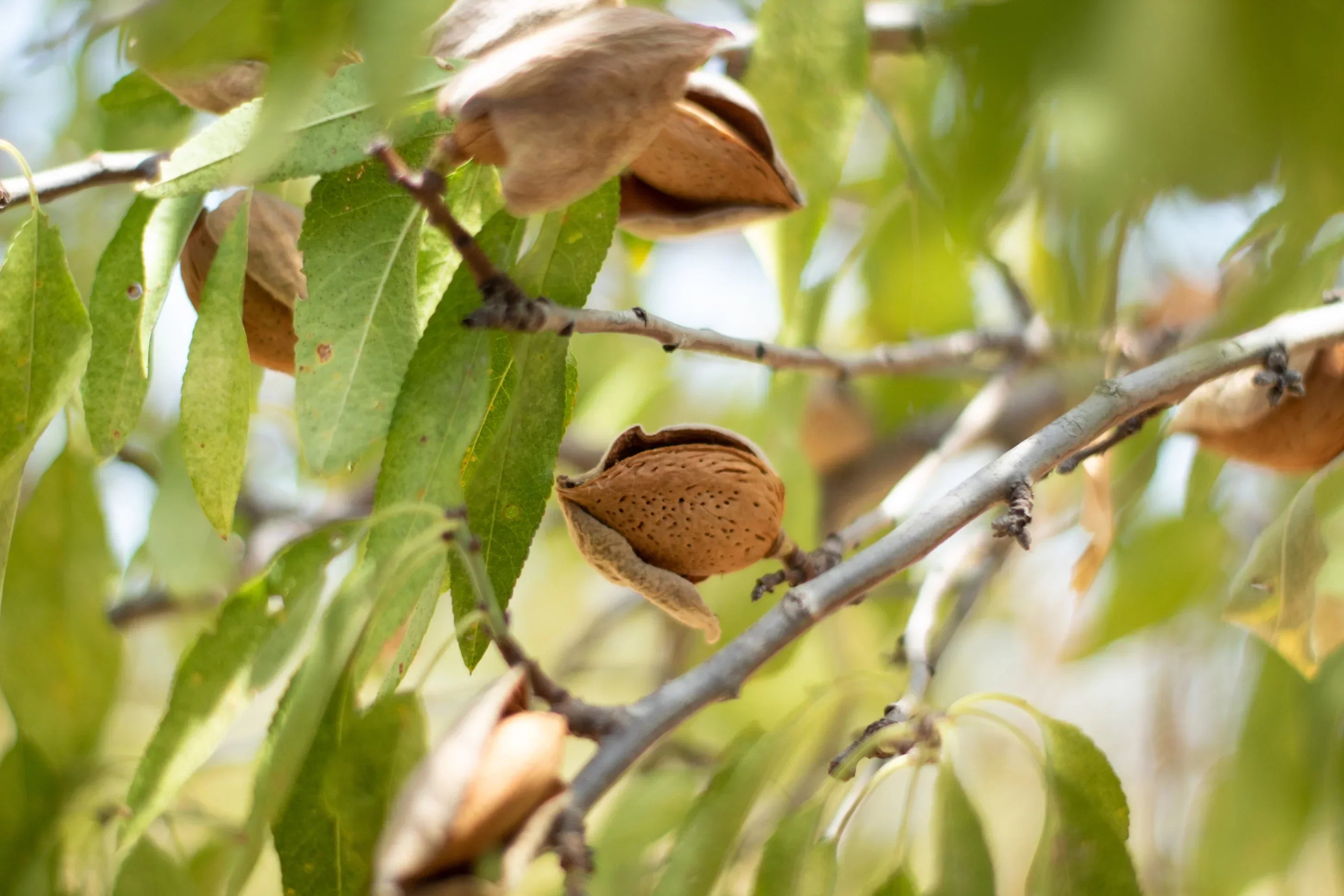March 18, 2025
Finding Italian almonds is increasingly difficult, to the detriment of a local production that is more responsible than foreign production. Here are the causes and solutions.
The favorable climate, the long agricultural and gastronomic tradition linked to this product make Italy one of the leading countries in almond cultivation. Sicily and Puglia stand out among the regions where almond cultivation is most concentrated, with the presence of various ecotypes and varieties with fruits rich in flavor and aroma. Among the most prized varieties is the Pizzuta di Avola, known for its intense aroma and the pointed shape from which it takes its name.
Between 2013 and 2024, almond production in Italy increased from 75,300 to 84,600 tons per year, while the cultivated area increased from 54,400 to 55,500 hectares.
Despite growing production and an increase in the areas dedicated to this crop, Italian almonds are not so easy to find: in large-scale retail trade (GDO) California is the leading country, and this makes the choice of local supply chains more difficult and complex, with implications that also occur far from the Italian supermarket where the almonds are purchased.
MADE IN USA
The omnipresence of Californian almonds on the Italian market is quickly explained: the United States is currently the world's leading producer, with California alone covering 80% of production. 50% reaches European shelves, which it manages to occupy through a fight on the lowest price against local productions that focus on quality and more responsible agricultural practices.
The price is determined by those who control the market and, in the case of almonds, the high density production of Californian almonds and their arrival in huge quantities in Europe and Italy makes the Italian almond, in fact, a marginal product destined in turn for foreign markets. Faced with this ruthless competition, it is becoming increasingly difficult for many agricultural companies to sustain themselves and keep their plants active, and many are considering uprooting.




